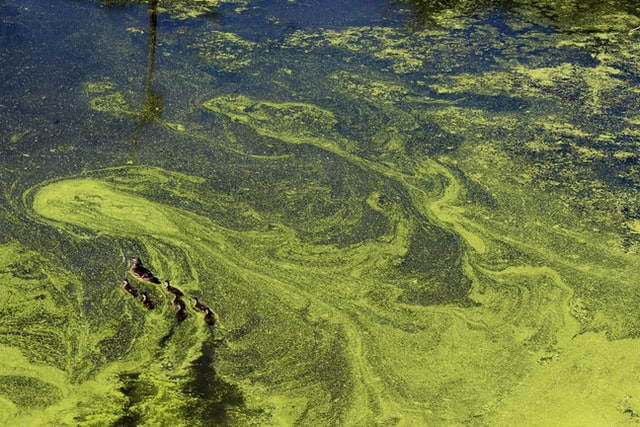The Shuswap Watershed Council (SWC) has just published a new document to encourage residents in the Shuswap to take steps that will protect water quality. The ‘Phosphorus Action Plan’ provides guidance to everyone living and/or working in the Shuswap about how to reduce the amount of phosphorus being released into the watershed.
The Phosphorus Action Plan builds upon previous work done by the SWC to educate and inform residents about water quality through annual water quality reporting. See Shuswap Watershed Council releases 2021 water quality report.
For the past few years, the SWC’s reports have summarized that in most areas of the Shuswap watershed, water quality is good but there are issues related to the amount of phosphorus flowing into the Salmon Arm of Shuswap Lake via the Salmon River and, to a lesser extent, from non-point sources around the lake.
Phosphorus (P) is a mineral nutrient essential to many forms of life, and it is found in all kinds of ecosystems. However, when there are excessive amounts of phosphorus in aquatic environments, it can cause an increase in algal growth, reduce water clarity, create odours, reduce the quality of water for drinking and recreation, and in a worst-case scenario it can lead to harmful algal blooms that are toxic to people, pets, and livestock. The impacts of P on aquatic ecosystems has been studied extensively in North America, and P is a determining factor in harmful algal blooms (i.e., Lake Winnipeg). The Salmon Arm of Shuswap Lake has experienced two wide-spread, long-lasting algal blooms in the last three years: this year, and in 2020. Both blooms have been attributed to influxes of phosphorus into the lake, as well as other factors.
“To have two large algal blooms occur in three years is unprecedented. We are veryconcerned about the health of the lake,” says Jay Simpson, Chair of the SWC. “We know residents are also very concerned and they’re wondering what can be done to protect the lake from future algal blooms.”
The 16-page action plan lists voluntary actions and best practices for residents and industry sectors to minimize their ‘phosphorus footprint’. It also explains the sources of P in the Shuswap watershed and summarizes an extensive regulatory framework for P.
The SWC, which is not a regulatory organization, says that more regulatory oversight by government agencies – something the SWC is advocating for – combined with more proactive stewardship will help to protect water quality and prevent future algal blooms.
“We are all stewards of Shuswap Lake,” says Erin Vieira, program manager for the SWC. “There are things everyone can do to help protect water quality whether you’re working in agriculture or silviculture; building or maintain roads; tending to parks, lawns and gardens; or managing your household wastewater.”
The Phosphorus Action Plan is available on the SWC’s website, www.shuswapwater.ca.












